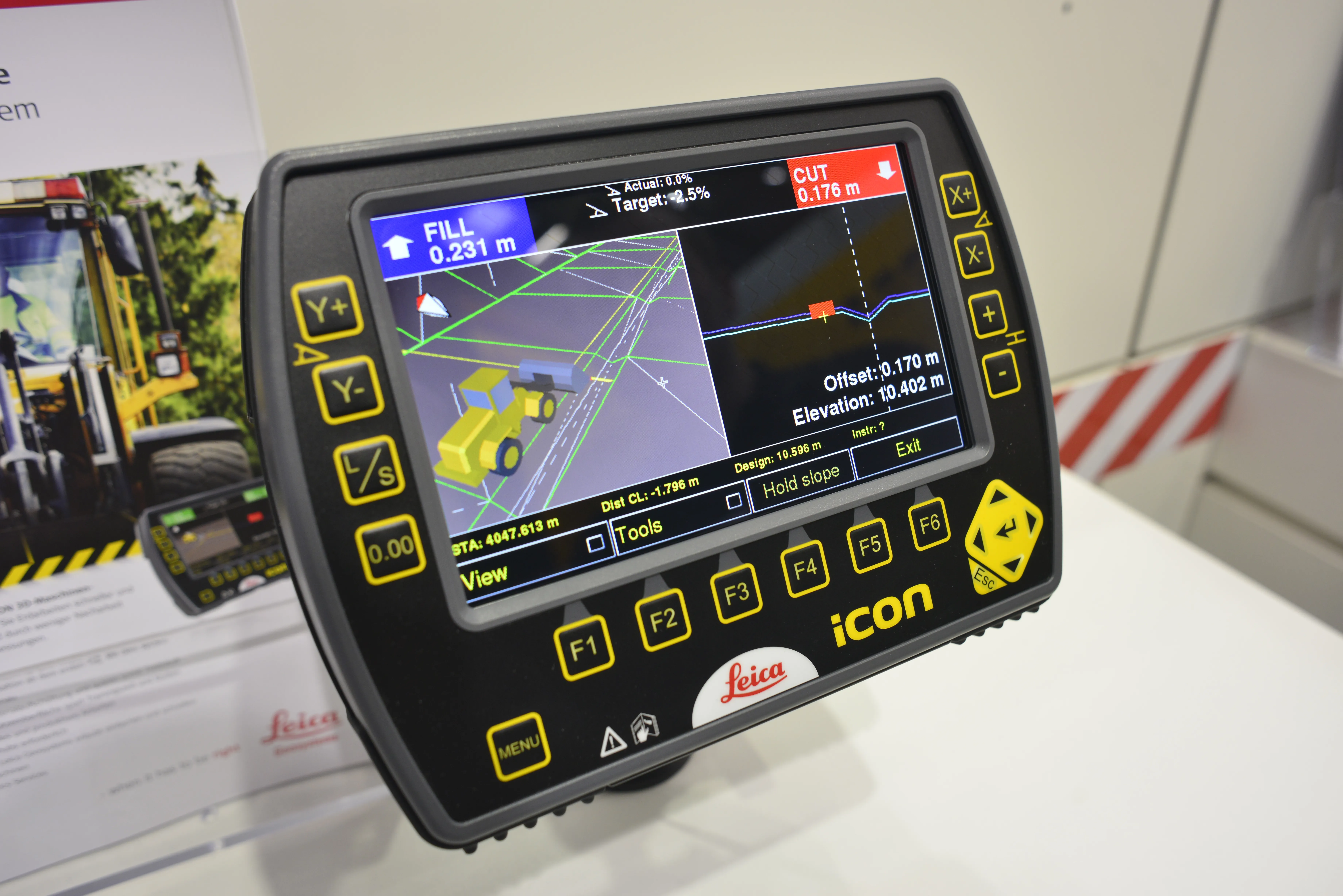It’s 1948. The grand scheme of creating an Interstate Highway system in the US is still barely a twinkle in President Dwight Eisenhower’s military eye. Highway construction improved greatly in the late 1950s and early 1960s as the American contractors became more mechanized and therefore efficient at laying roads faster and of better quality.
But how did they build a road back then in 1948?
Thanks to Encyclopaedia Britannica Films, we have a movie of just how a concrete highway was created. The constr
July 14, 2016
Read time: 2 mins
It’s 1948. The grand scheme of creating an Interstate Highway system in the US is still barely a twinkle in President Dwight Eisenhower’s military eye. Highway construction improved greatly in the late 1950s and early 1960s as the American contractors became more mechanized and therefore efficient at laying roads faster and of better quality.
But how did they build a road back then in 1948?
Thanks to Encyclopaedia Britannica Films, we have a movie of just how a concrete highway was created. The construction site looked more like a chain gang from a nearby prison that a professionally done infrastructure project.
Viewers just might be able to feel the sun’s heat as workers toil into the long day.
If this video piqued your curiosity about road building projects back then, %$Linker:2 External <?xml version="1.0" encoding="utf-16"?><dictionary /> 0 0 0 oLinkExternal click here Visit youtube Page false https://www.youtube.com/watch?v=neaoGclvips false false %> to see a 1951 film from the Bethlehem Steel Company. Things have apparently moved on since 1948 and steel is making inroads. At least this film is in colour.
But how did they build a road back then in 1948?
Thanks to Encyclopaedia Britannica Films, we have a movie of just how a concrete highway was created. The construction site looked more like a chain gang from a nearby prison that a professionally done infrastructure project.
Viewers just might be able to feel the sun’s heat as workers toil into the long day.
If this video piqued your curiosity about road building projects back then, %$Linker:







